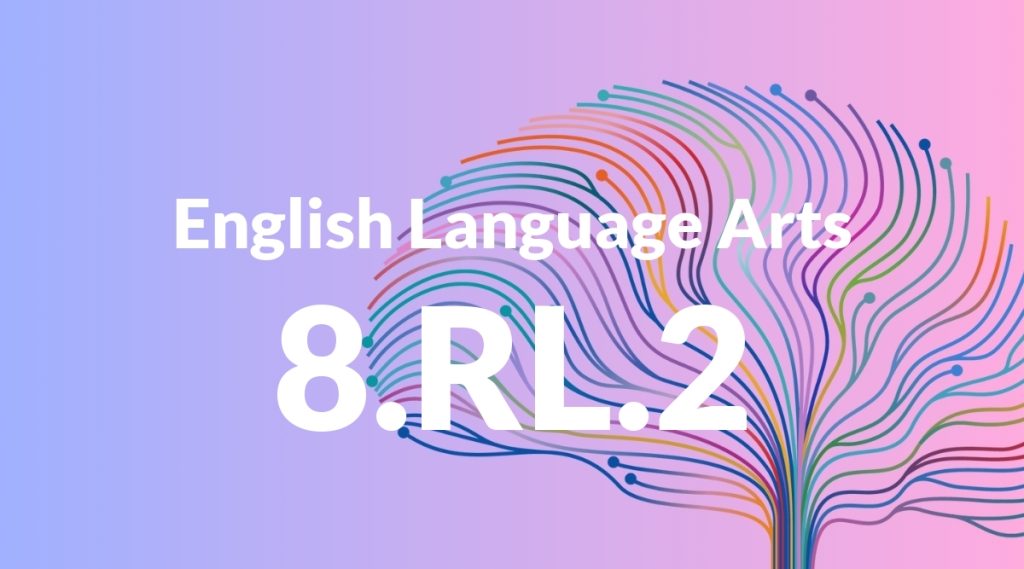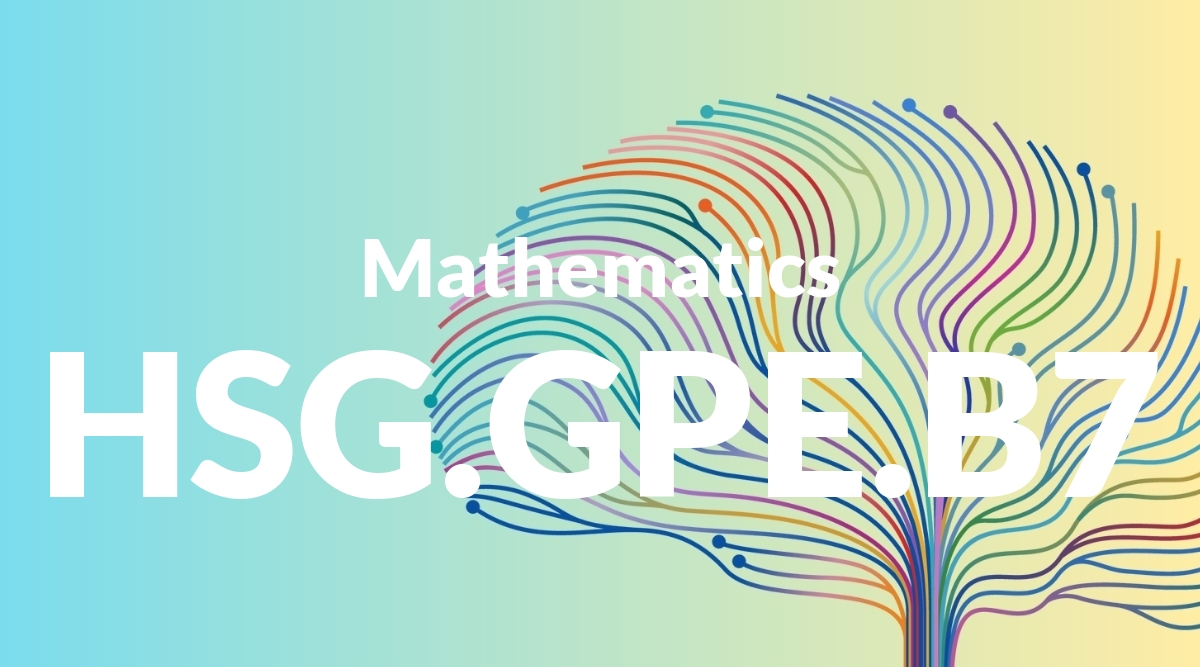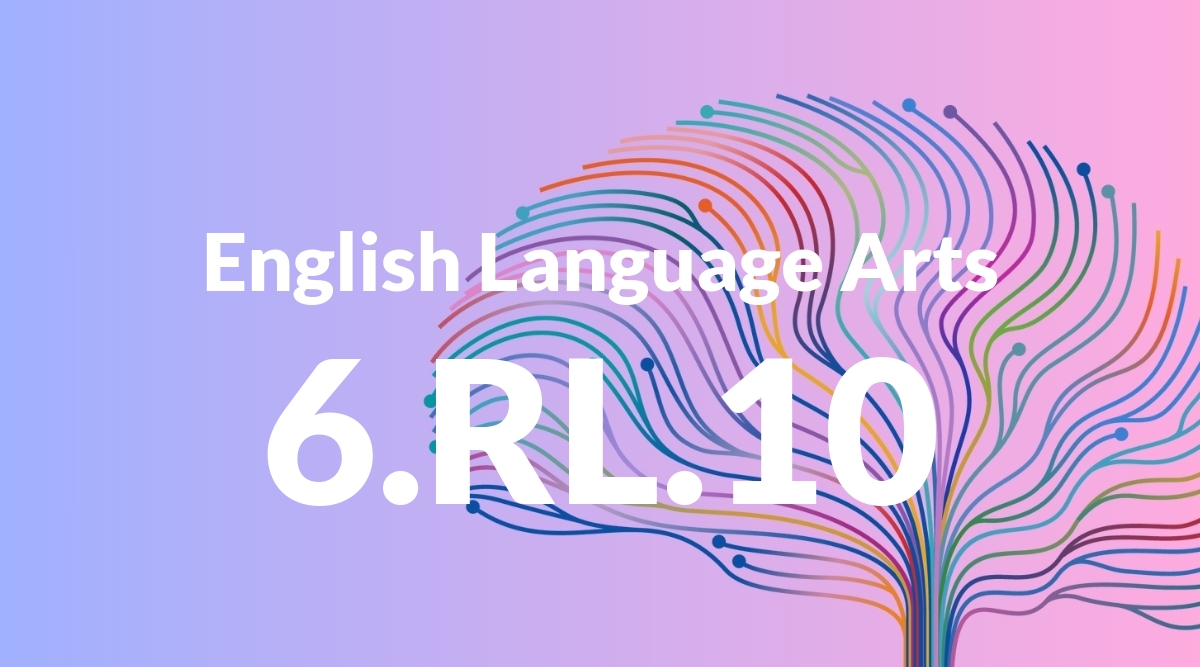Standard: 8.RL.2 – Determine a theme or central idea of a text and analyze its development over the course of the text, including its relationship to the characters, setting, and plot; provide an objective summary of the text.
Grade level: Grade 8
Subject: English Language Arts
Domain: Reading: Literature
Teacher Overview
This standard focuses on students’ ability to determine a theme or central idea of a text and analyze its development. It’s crucial for understanding deeper meanings in literature and building analytical skills that are essential for higher-level thinking. Students should be familiar with basic narrative elements such as characters, setting, and plot, and be able to identify these elements within a text.
After mastering this standard, students will be able to compare and contrast themes across different texts, enhancing their critical thinking and analytical skills.
Common Misconception 1
A common misconception is that students may confuse the theme with the plot. The plot is the sequence of events in a story, while the theme is the underlying message or central idea.
Intervention 1
To address this, use graphic organizers that separate plot events from thematic statements, helping students to visually distinguish between the two.
Common Misconception 2
Another misconception is that students might think themes are always explicitly stated. In reality, themes are often implied and require deeper analysis to uncover.
Intervention 2
Encourage students to engage in close reading and group discussions to explore and identify implicit themes.
Prerequisite Knowledge
Students should have a basic understanding of narrative elements such as characters, setting, and plot, and be able to identify these elements in a text.
Subsequent Knowledge
Students will develop the ability to compare and contrast themes across different texts and media, and to critically evaluate how themes are presented and developed.
Instructional Activities
- Theme identification through guided reading
- Group discussions on theme development
- Graphic organizers to map theme and plot
- Writing assignments analyzing theme development
- Comparative analysis of themes in different texts
- Class presentations on theme analysis




